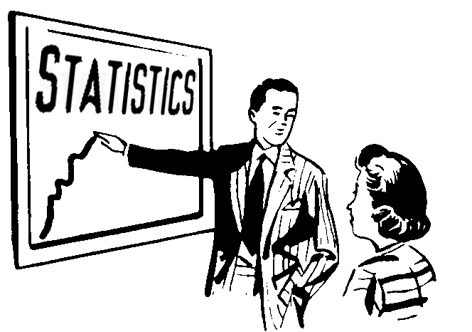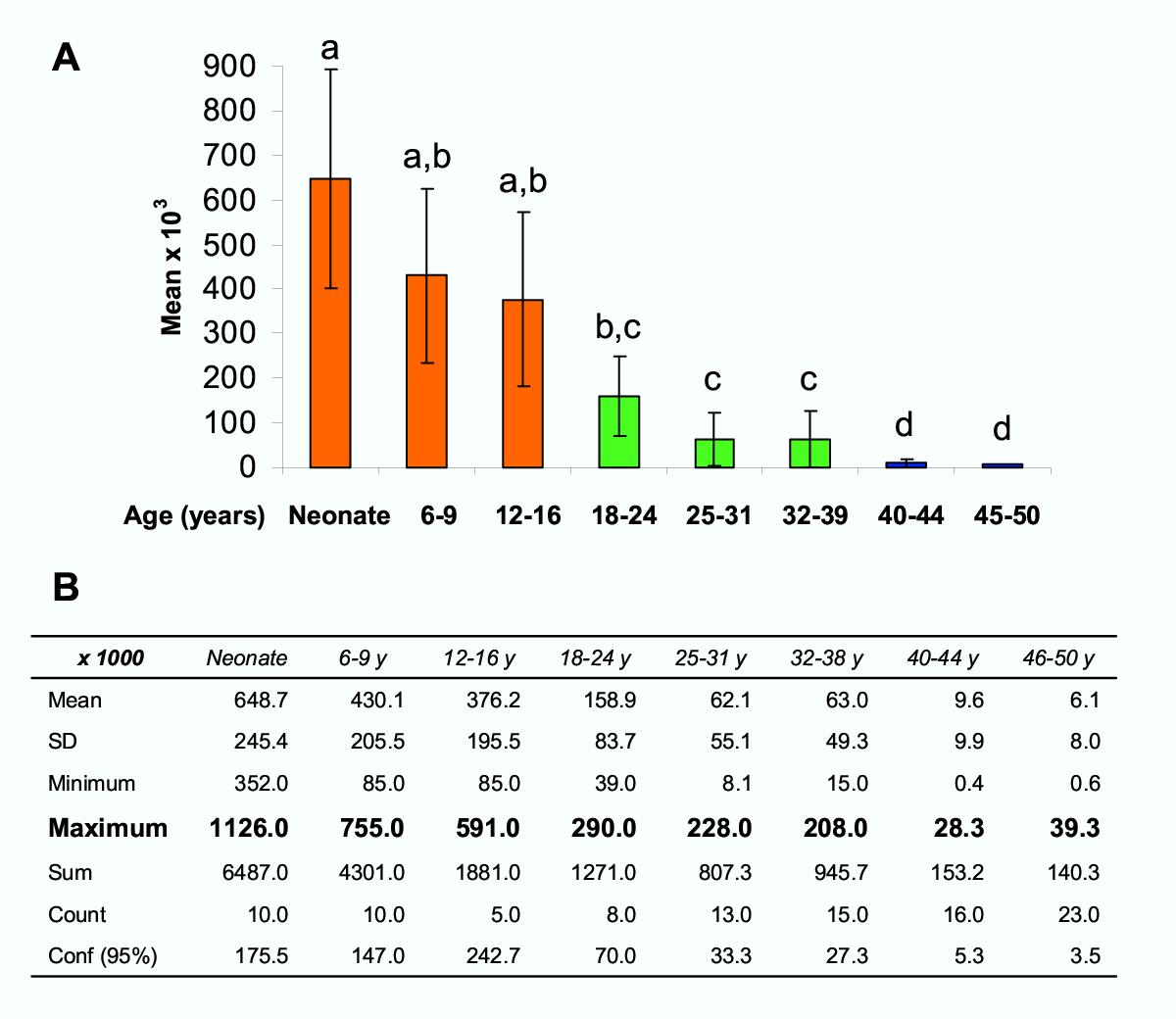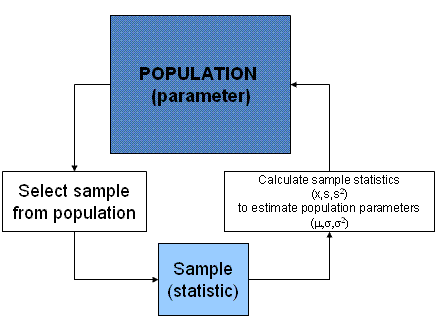Difference between Descriptive and Inferential Statistics

One often hears the term “a numbers game” for business and other aspects of life. It leaves a person wondering what exactly does it mean. It is quite simple actually. Numbers can tell us about the needs of the people, the likes and dislikes and the way they want to have things for themselves. This is done on the basis of data collection which is later analysed and processed into a shape that can be useful for others.
Statistics is basically the art and science of data collection and making it useful. Statistics is one of the most important subjects in the world and provides much needed information not just to businesses but governments and other institutions which are working in various fields.
There are sub-fields within the subject as descriptive and inferential statistics are two very important categories. They both have their similarities as well as differences.
The main difference between the two is that of their scope. Descriptive statistics is generally used to tell the attributes of a given group of people. Inferential statistics looks to get a greater picture as the application of the results is for the purpose of a larger audience and a greater population.
Descriptive statistics generally sticks to the whole population and is representative of that population. On the flip-side, inferential statistics is based on various techniques that are used to collect data from different groups without having any bias in the selection procedure. This covers parts of the population to come up with a likely result.
Instructions
-
1
Descriptive Statistics
Descriptive statistics focuses on a smaller group in which the entire selection is studied. The interview is conducted across the board and the data is carefully collected and analysed for that particular group of people.
It is not representative of a larger population and its purpose is to cater to the needs of the given group. Statistical tools such as chi-square are often used in descriptive statistics.
- Image Courtesy: rbej.com
-
2
Inferential Statistics
These statistics deal with a large population and the results are supposed to be representative at a greater scale. The people that are selected for interviews are selected through various sampling techniques.
The result can vary from area to area and across different demographics. The results are often obtained using testing of a hypothesis and other advanced techniques. This kind of work is often done for policy making and marketing research for various large organisations.
- Image Courtesy: six-sigma-material.com







